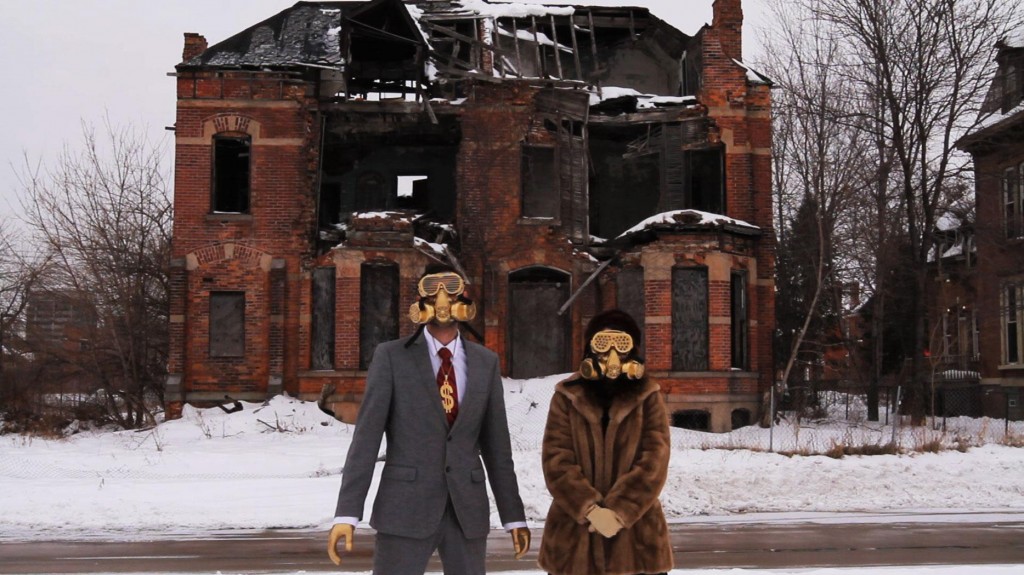
Detropia, the absorbing documentary about the plight of contemporary Detroit, will be broadcast on PBS’s Independent Lens beginning May 27. Detropia tells a compelling story in an unexpected and effective way.
Before watching the film, I knew that Detroit has lost half of its population and was not surprised to learn of its 30-50% unemployment. But I didn’t expect the blocks and blocks of abandoned homes and businesses and the streets with no traffic. Detropia’s Detroit looks like New Orleans after Katrina or San Francisco after the 1906 earthquake. Essentially, there’s been an economic tsunami here. I was astonished to see city leaders seriously considering the demolition of large parts of the city and the relocation of residents into more efficient and more cohesive concentrated neighborhoods.
How did this happen? And what can be done? There’s no agenda by the filmmakers – other than keen-eyed observation. The filmmakers give a voice to three sets of local witnesses who tell the city’s story. And there’s an interesting and unexpected choice to feature the city’s opera.
Most surprising, despite being a movie about urban decay, Detropia is still a visually arresting and often colorful and beautiful film. And, despite the hopelessness of Detroit’s situation, the perspective of the local witnesses keeps Detropia from becoming depressing.
The filmmakers, Heidi Ewing and Rachel Grady (Jesus Camp, 12th & Delaware), deserve recognition for making Detropia so compelling without it becoming a screed. Indeed, Detropia is a Sundance award winner.
